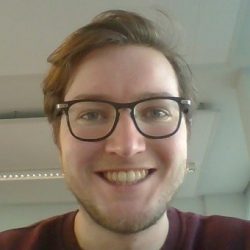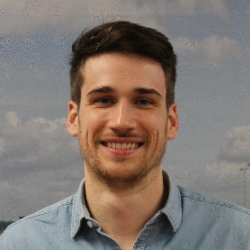Alumni Interview # July 2020
Welcome to the first summer edition of our alumni interviews! For this iteration, we have interviewed some more veteran students of DCSC and investigated what they are doing now and see if they still apply their S&C knowledge. Some of you might recognise them from past DSA Kalman events.
Name: Martijn Kerklaan
Employer: Lely Maasluis
Title: Jr. Embeded Software Engineer
Year of graduation: 2018

What was the title of your master thesis project and who was your supervisor?
I did my thesis work under the guidance of Alfred Schouten (Bmech) and Jan-Willem van Wingerden (S&C). The title was: Linear Parameter Varying Subspace Identification for Joint Impedance.
What are your main responsibilities?
My main responsibilities are:
70% Designing/Programming robot behaviour. Which can be control-loops, filtering, data-processing, communicating with hardware, etc. Anything that needs to happen to make de robot perform but I prefer the control stuff.
30% Scrum Master. Which means I’m responsible to ensure a smooth working process.
What does a regular workweek look like for you?
Monday 1: Programming on some new functionality, ask for help, test functionality on test-board or robot to see if it works the first time (it does not).
Tuesday 2: Analyse some data I got from the tests by making some plots (using python, no more Matlab), discuss results with team member and try to fix feature.
Wednesday 3: Think of new ideas to improve the process, discuss the process and ideas with my manager and start planning/preparing meetings.
Thursday 4: Do some more programming, preparing meetings and have some of the meetings.
Friday 5: Try to do some more programming, work on side project. Drink beer.
Have you worked on an interesting project lately?
I build a new odometry (the use of data from motion sensors to estimate change in position over time) implementation for our robot and compared to the old implementations.
This gave me the opportunity to do some math, experimenting, programming and testing. Which is a nice mix of theory, practice and fun!
What do you like most and what do you like the least about your work?
The work and the people.
Not everybody has a strong fundamental background which means that modelling or math often isn’t the first approach to solve problems.
What material from the master do you incorporate in your day-to-day work? How relevant is your work to your master’s study?
A lot. To say something sensible about a control-loop or robot performance you need so many things: Control-Theory, System-Theory,
How did you become interested in this field?
I always wanted to be an inventor. Also, Lego.
What advice would you give someone a student who is considering this type of job?
Try to really understand the theory, don’t learn ‘tricks’ to pass exams.
Tricks will not help you because in practice it’s never like the tests.
What steps would you recommend to take to get into this field?
Take relevant courses, do relevant side projects, build a network of people who do this and try to get a job/internship at a relevant company.
Favourite s&c course
Hardest s&c course
Multi-Body dynamics, why do so little effort to make it understandable and fun!?
Greatest memory of the master
Graduation, after 1.5 years of struggling I closed that chapter of my life with all the people I loved. It was amazing.
If you have any further questions you want to ask Martijn, contact us at
DSA Kalman

Name: Daniel Trombitas
Employer: Mainblades
Title: Robotics Software Engineer
Year of graduation: 2019
What was the title of your master thesis project and who was your supervisor?
I did my thesis work under the guidance of Dr. T. Keviczky.
The title was: Roll stability control of autonomous truck combinations
What are your main responsibilities as a Robotics Software Engineer at Mainblades?
It is mainly twofold. On one hand, I work on several parts of the onboard software – being a control geek, it’s mostly related to the autonomous flight of our quad-copters. On the other hand, I recently picked up a project aiming to solve the problem called full coverage path planning, applied to our use case, which is aircraft inspections.
Working at a startup means that you are not confined to a narrow set of topics. Sometimes you do hardware-related stuff or “get your hands dirty” by going out to the field to test – at Mainblades, it is mostly airline hangars.
What does a regular workweek look like for you?
Our teams work in scrum, which gives a nice skeleton for our days and weeks. Each day we start with team stand-up meetings, exchanging information about our progress, issues, ideas that might affect the whole team. After that we usually do reviews for each other, if needed – this means understanding what your teammate implemented and testing/approving it before it could become production code. Subsequently, you proceed with the issues of the current sprint, according to the priorities the whole team agreed upon during the common sprint plannings. Nevertheless, as the company is heavily focused on R&D, most of our tasks involve lots of uncertainties that require frequent refinements in our planning. These refinement meetings take place weekly.
What do you like most about your work?
Being really close to the fire. Everything you do here directly impacts the business. Having worked more than two years at large multinationals, I truly recognize and appreciate the difference – it is vast. It also means that you have a larger saying in the company’s matters. Furthermore, it is lovely to work in a company where everybody is sort of my age. Seeing my algorithms in action provides an extra gratification.
What do you like least about your work?
Getting in flow while creating a functioning product is definitely fun – taken to an extreme however, it will have a negative impact on one’s work/life balance. This again can affect productivity. I constantly have to remind myself of this, because the amount of work is literally never-ending.
Could you tell us about an interesting or recent project you did?
Our product is a technology that – among other things – enables a drone do navigate around an aircraft autonomously. To do this, we continuously scan the aircraft’s surface with LiDAR and utilize a simultaneous localization and mapping (SLAM) algorithm to determine the drone’s position in a GPS-denied environment. SLAM, on the other hand, will never have such a high update rate as GPS and our MPC controller does not like a reference trajectory that is jumping around a lot every now and then. Marrying the two components demanded a lot of creativity. An additional challenge compared to university projects is the safety-critical application. One expensive mistake at a customer could have a devastating consequence on the whole company.
How did you become interested in this field?
Autonomous systems already attracted me when I chose my thesis topic. This field offers a very nice balance between the needed theory and implementation practices. Besides, I like to see my work in action.
What advice would you give someone a student who is considering this type of job?
Just go for it. Your 20’s are the best times to be in a start-up environment!
What steps would you recommend to take to get into this field?
System & Control does, in my opinion, a pretty good job at educating you in a certain aspect. However, if you wish to work on a product that has to sell, do not forget about educating yourself towards software. Learn what it takes to write production-level code and you will stand out.
If you have any further questions you want to ask Daniel, contact us at
DSA Kalman

